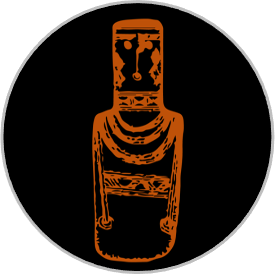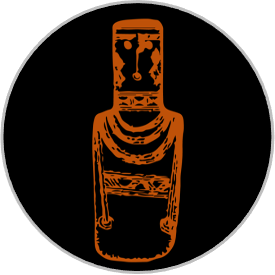Covid-19 has sadly taken many lives this year, among them being Dr. John H. Conway, creator of the famous Game of Life Cellular Automaton. Conway’s work set into motion a lot of the simulation techniques that I use in my own work, so I have made this post in his memory to celebrate the model that started it all.
First conceptualised in 1970, the Game of Life is what is known as a ‘zero-player’ game, in that given an initial input, the system’s future states and evolution are determined automatically by a set of conditional rules that apply to each cell within a grid space:
As can be seen in the video above, cells interact in complex configurations (like multi-cellular organisms), some of which are dynamic and others that form stable or dynamic equilibria. Those configurations that fall into equilibria reproduce themselves across time steps, and therefore create the appearance of emergent species (blocks, blinkers, gliders etc.) existing in an evolving landscape. Whats more, the configurations are competitive, as collisions between configurations push the cells away from their equilibrium state, thereby resulting in further evolution with the possibility of extinction or discovery of a new equilibrium state.
How It Works:
Reproducing Patterns within the Game of Life
Here are some of the typical patterns that are formed in the Game of life model:
The Blinker
The Glider
(My personal favourite!)
The Toad

